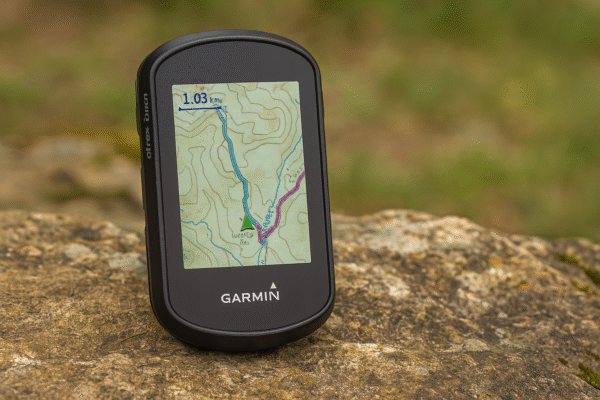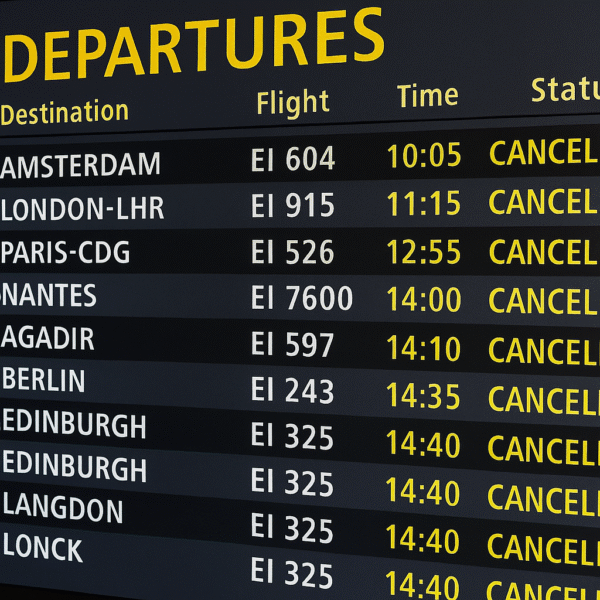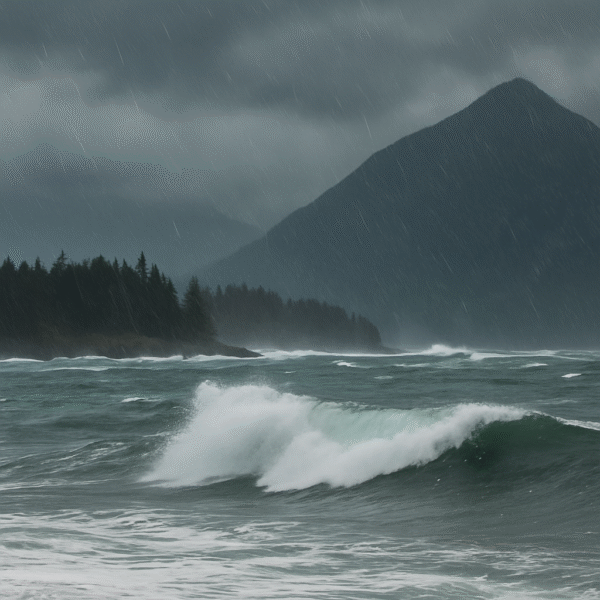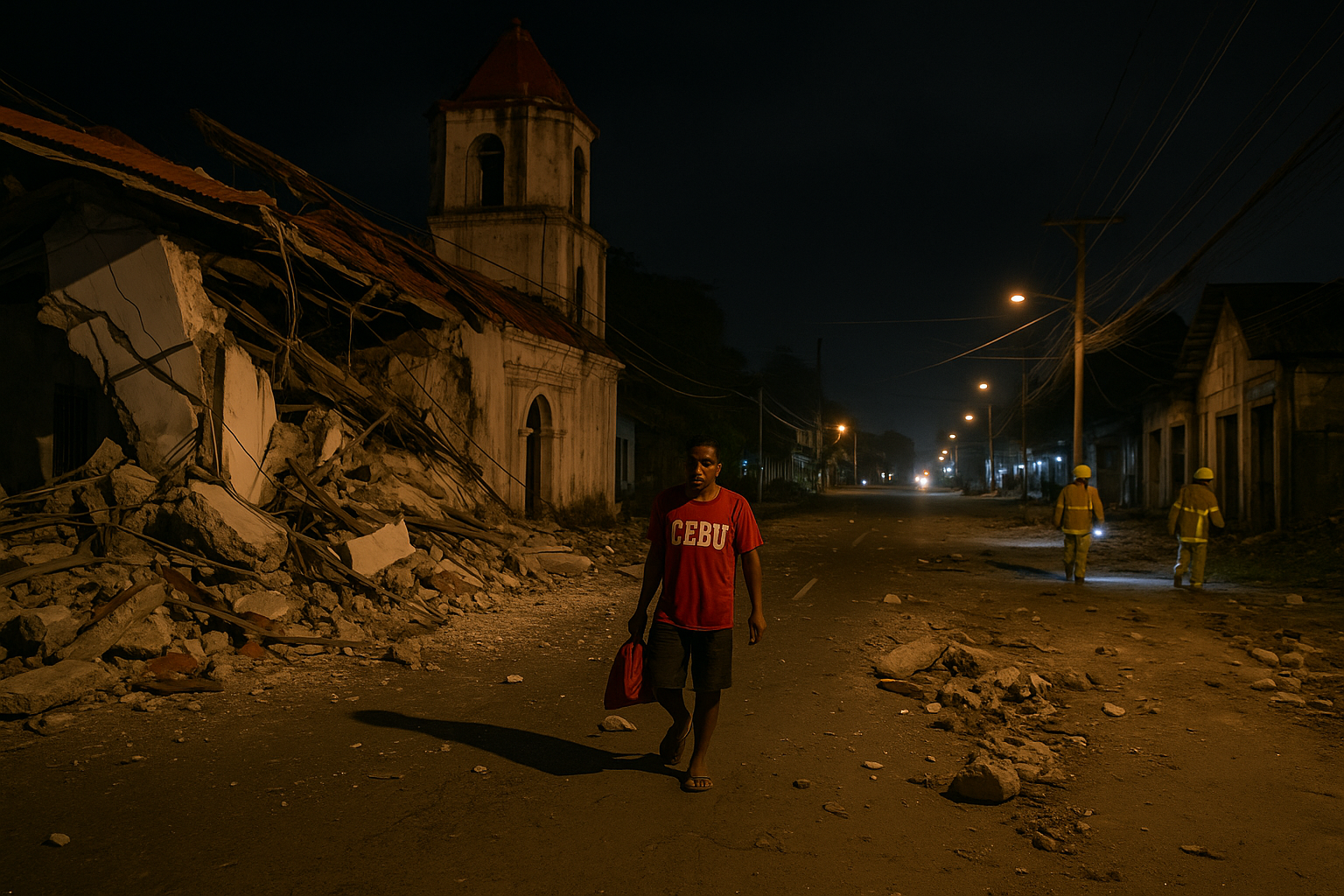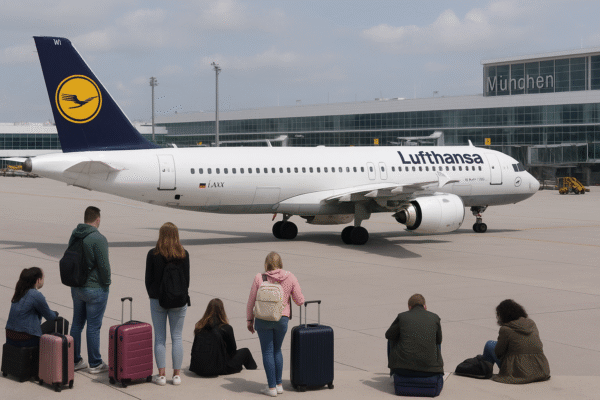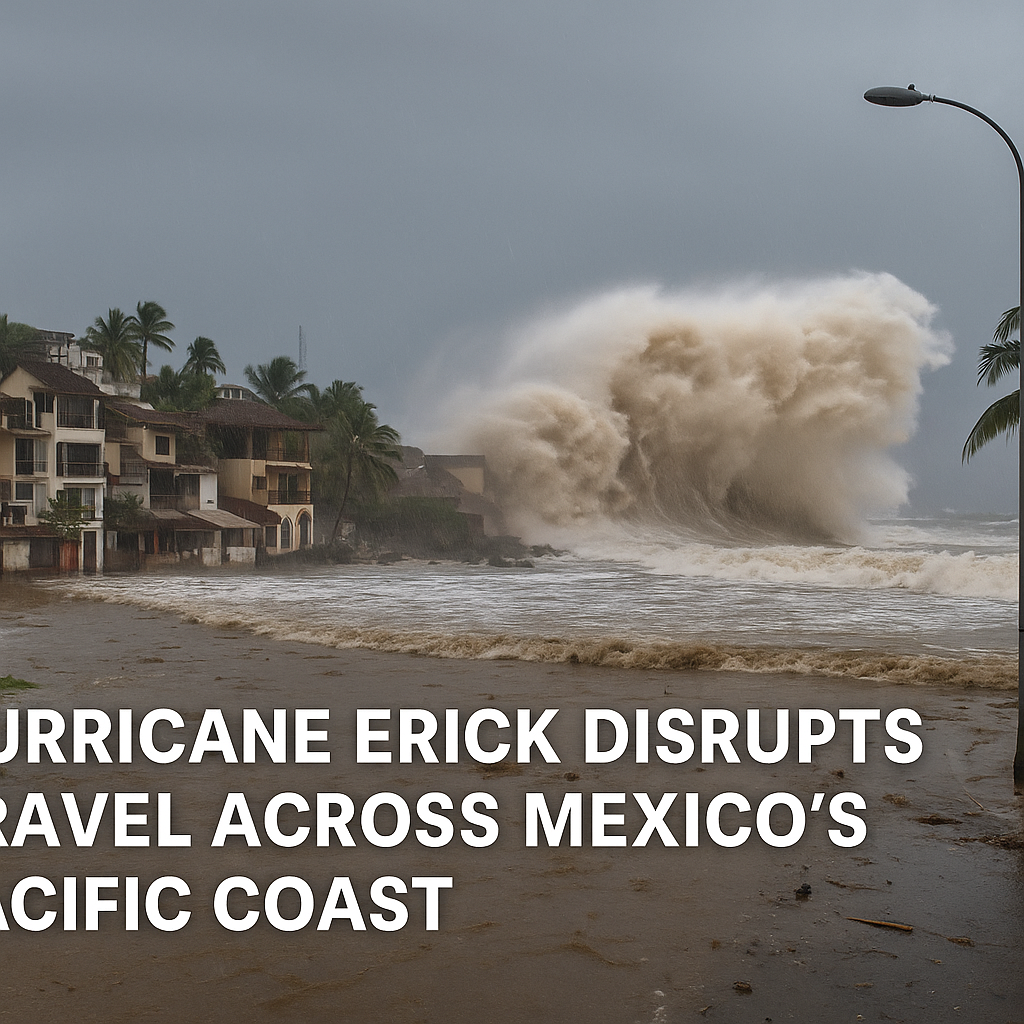Mexico’s Pacific coastline has been hit hard by Hurricane Erick, which made landfall as a Category 3 storm early on June 19, 2025, unleashing powerful winds, torrential rain, and extensive flooding across the southern states of Oaxaca and Guerrero. Popular resort cities including Acapulco, Puerto Escondido, and Huatulco are among the hardest-hit areas, with extensive damage reported and travel operations severely disrupted.
With sustained winds reaching up to 125 mph (200 km/h), Erick struck near Punta Maldonado, prompting the US National Hurricane Center (NHC) to issue a dire warning of “life-threatening flooding and mudslides.” Though the system has since weakened to a tropical storm, its residual impact continues to ripple through the region—particularly for travelers and tourism businesses.
Tourism Disrupted as Flights Are Canceled and Beaches Close
The storm has led to the cancellation of dozens of flights to and from the region. Travelers scheduled to arrive in or depart from airports in Huatulco, Acapulco, and Puerto Escondido are being advised to check with airlines for rescheduling options. Several runways were temporarily shut due to poor visibility, debris, and water accumulation.
In addition, multiple roads and bridges connecting key coastal towns have been closed or are inaccessible due to mudslides and flash floods, making overland travel perilous. Public transport services in affected areas have also been suspended.
Beach access across the region has been restricted, with officials reporting dangerous rip currents, rogue waves, and coastal erosion. Emergency services continue to advise tourists to stay away from beaches and oceanfront areas as recovery efforts begin.
Government Warnings for Travelers in Oaxaca and Guerrero
The U.S. Embassy in Mexico has issued an urgent travel advisory, urging travelers in the impacted areas to avoid unnecessary movement and stay updated on local conditions via state civil protection agencies and official meteorological channels.
Similarly, the Canadian Government has issued a warning against non-essential travel to parts of the Pacific coast, particularly from Bahías de Huatulco to Tecpan de Galeana, citing potential hazards such as flooded roadways, loss of utilities, and risk of landslides.
As of June 20, the NHC reports that Oaxaca and Guerrero could receive up to 16 inches (40 cm) of rainfall, with Chiapas, Colima, Jalisco, and Michoacán expected to receive lighter downpours. The aftermath is expected to persist well into the coming days, as storm surges, infrastructure damage, and blocked access routes continue to affect daily life.
Tourism Recovery Plans Already in Motion
While local authorities in Oaxaca and Guerrero have mobilized emergency response teams to restore access and assess damage, tourism boards and hoteliers have begun cancellation support and rebooking flexibility initiatives.
According to SECTUR Oaxaca (the State Tourism Secretariat), emergency shelters have been made available for displaced visitors, and efforts are underway to restore power and water supply in remote areas. Officials are also working closely with civil protection services to monitor rivers and mountain slopes prone to further landslides.
Meanwhile, hotels and resorts in the region are offering free date changes or travel vouchers to affected guests. Travelers planning to visit these areas are encouraged to rebook for later dates, ideally after infrastructure has been restored and safety confirmed by local officials.
Acapulco and Puerto Escondido Among Worst Affected
Acapulco, one of Mexico’s top beach destinations, has been battered by high surf and urban flooding, with images of submerged roads and fallen palm trees circulating widely on social media. Many beachfront properties have reported wind and water damage, although the local tourism office has said that “restoration and cleanup efforts are progressing quickly.”
In Puerto Escondido, a favorite among surfers and backpackers, heavy rains have caused road closures leading to and from the main highway. The local airport was briefly closed and has since resumed limited service, prioritizing humanitarian aid and emergency travel.
What Travelers Should Do Now
Tourists currently in or near the storm-affected zones are advised to:
- Contact their airline or hotel for the latest updates
- Monitor official government and civil protection websites:
- Follow real-time weather updates via the National Hurricane Center (nhc.noaa.gov)
- Refrain from attempting coastal activities until safety is declared by authorities
- Delay non-essential travel to the area until cleanup efforts stabilize
A Reminder of Storm Season Caution
With hurricane season officially underway, Hurricane Erick serves as a stark reminder of the need for storm preparedness and flexible travel planning. The Pacific hurricane season typically spans May through November, with peak activity from August to October.
Travelers booking trips to Mexico’s Pacific coast during these months should consider weather insurance, flexible cancellation policies, and real-time alert apps to stay informed.
Final Word: Wait, Watch, and Rebook
Although Hurricane Erick has weakened, its legacy will linger in the coming days as cleanup, reconstruction, and tourism recovery efforts take shape across Oaxaca and Guerrero. For now, authorities and local businesses are urging travelers to prioritize safety and patience, and to plan their next visit once the region is ready to welcome them again.
Stay tuned for updates and remember—Mexico’s beauty is timeless, and these beloved coastal communities will bounce back stronger, ready to share their warm hospitality once more.
For more travel news like this, keep reading Global Travel Wire



